19% OFF
Samanea saman, Rain Tree, Monkeypod Tree
₹699.00 – ₹1,250.00
- Live plant along with the plastic pot.
- Plant height is 18-24 inches in 6 inches diameter pot.
- Plant height is 24-36 inchesin 8 inch pot with mature stemp.
- Plants’ nature is outdoor and grows like trees, with less watering.
- Grows up to 30 feet tall and wide, spreading canopy, flowering tree.
- Best tree variety, easy maintenance, fast-growing.
- Assured safe delivery with easy replacement.
- After planting, starts flowering in approx 18-24 months.
Description
Description
Samanea saman, Rain Tree, Monkeypod – Tree
The Samanea saman tree, also known as the rain tree or monkeypod tree, is a species of tree in the Fabaceae (Leguminosae) family.This is native to South and Central America but widely planted in tropical regions worldwide.It is renowned for its large, umbrella-like canopy with delicate, fern-like leaves that provide abundant shade.Typically, this tree is best suited for outdoor environments. Its unique feature is its sensitivity to light and touch, where its leaflets fold together at night or during rain, giving it the nickname “Sleeping Tree” or “Sensitive Plant.”
| Family Name: | Fabaceae (Leguminosae) |
|---|---|
| Synonyms: | Albizia saman |
| Common Name: | Rain Tree, Pukul Lima, Cow Tamarind, Hujan-Hujan, East Indian Walnut, Monkey-pod, Saman, |
Care Tips:-
- Location: Plant in a sunny or partially shaded area with well-draining soil.
- Watering: Keep the soil consistently moist, especially during the tree’s early years. Reduce watering during the dormant season.
- Pruning: Prune to maintain shape and remove dead or damaged branches. Avoid excessive pruning to prevent stress.
- Fertilization: Apply a balanced, slow-release fertilizer in spring to promote healthy growth.
- Protection: Protect young Rain Trees from frost and extreme weather conditions.
- Mulching: Apply mulch around the base to retain soil moisture and suppress weeds.
Additional information
Additional information
| Weight | 0.30 kg |
|---|---|
| Dimensions | 24 × 13 × 11 cm |
| Select Pot |
Reviews (0)
You must be logged in to post a review.
You may also like…
-
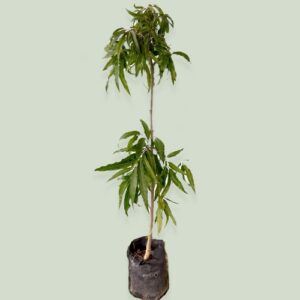
Ashoka Tree, Polyalthia longifolia – Plant
₹499.00 – ₹1,250.00 Select options -
Sale!
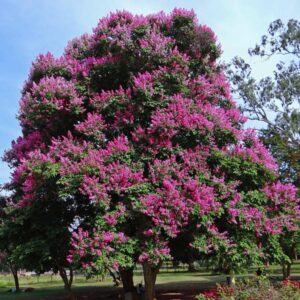
Lagerstroemia speciosa, Pride of India (Jarul)
₹575.00 – ₹2,950.00 Select options -
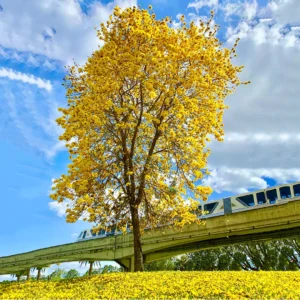
Tabebuia Argentea Plant
₹549.00 – ₹2,849.00 Select options -
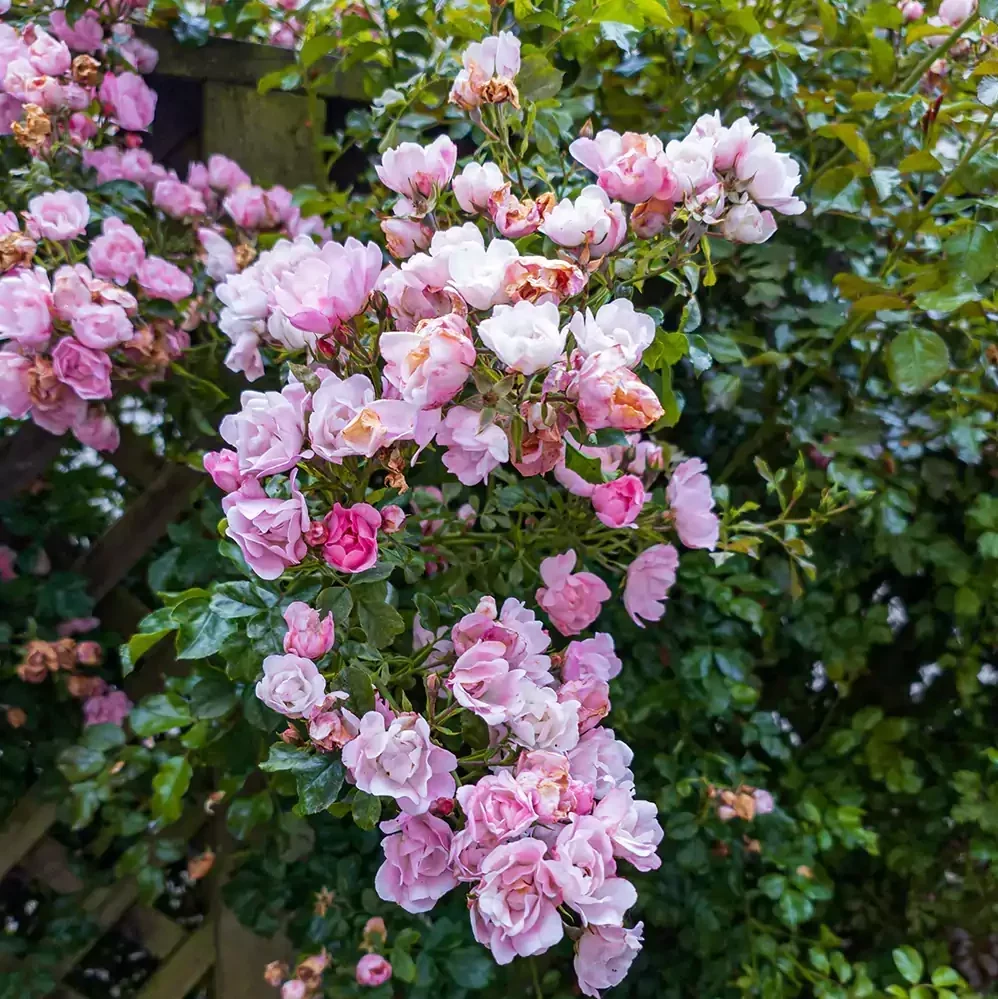
Creeping, Climbing Rose Plant (Pink)
₹850.00 – ₹1,550.00 Select options -
15% OFF
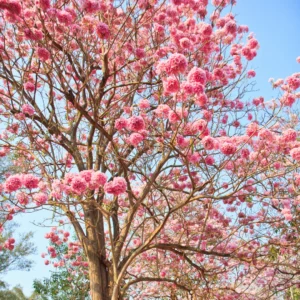
Tabebuia Rosea, Pink Poui
₹599.00 – ₹2,949.00 Select options


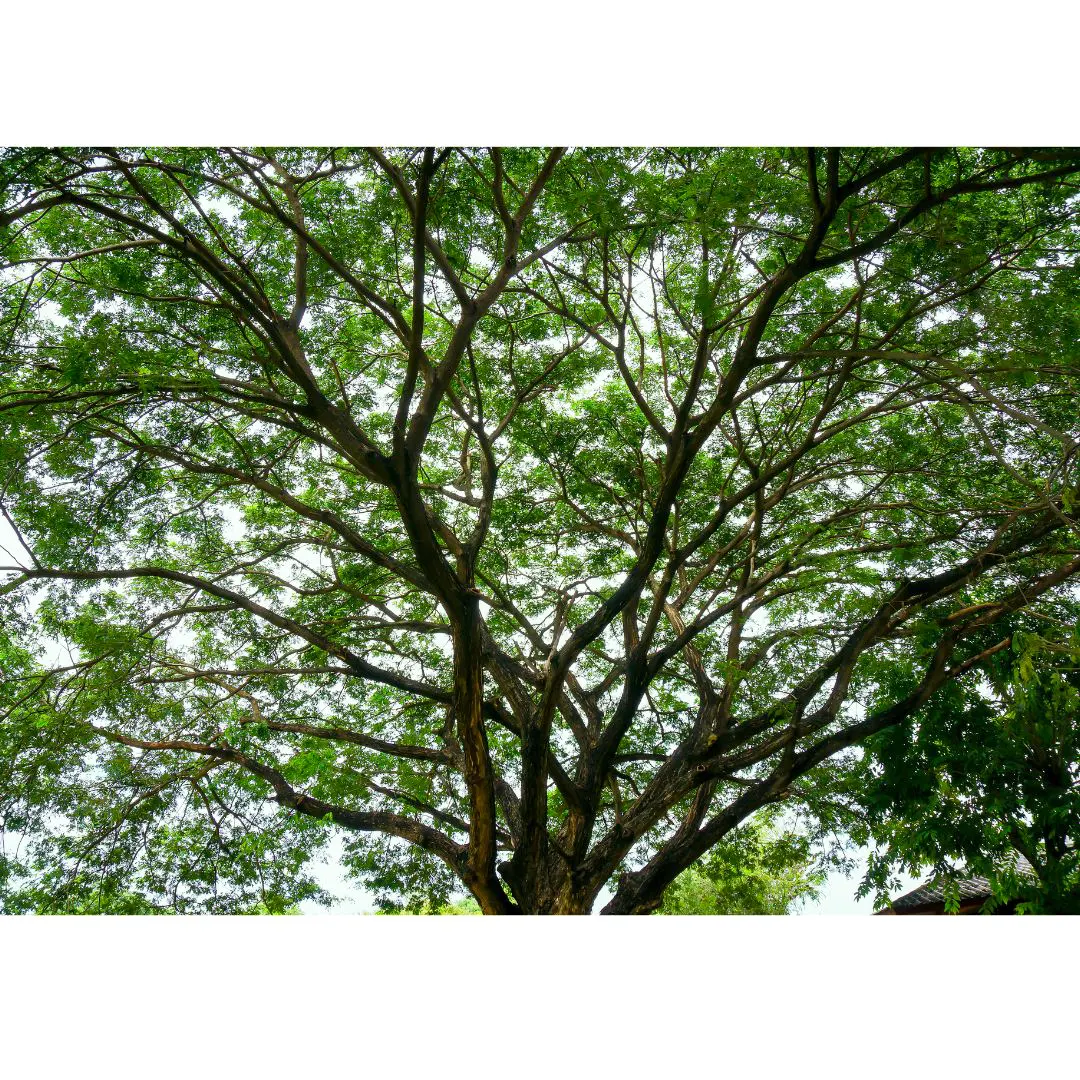

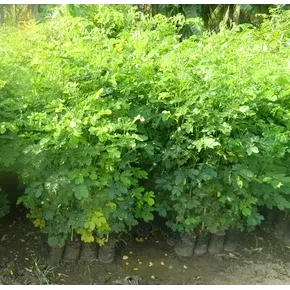
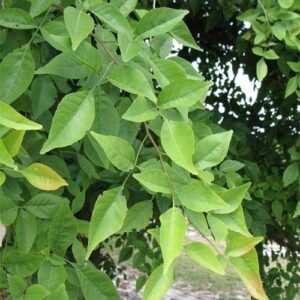
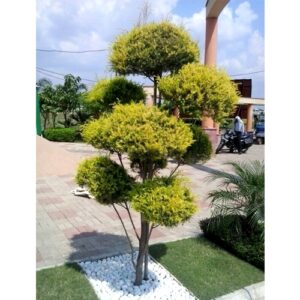
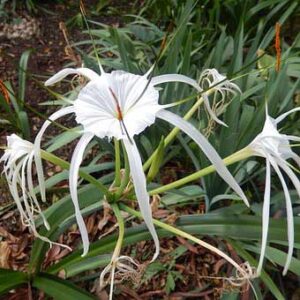

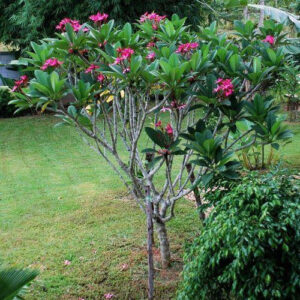
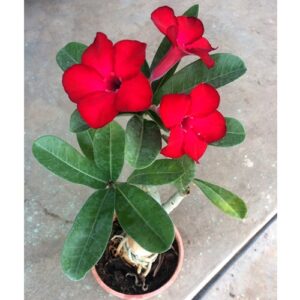
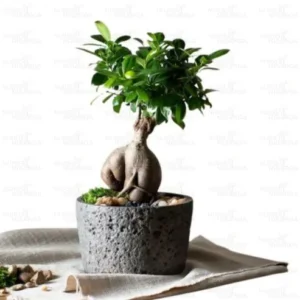
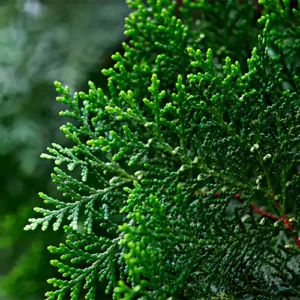
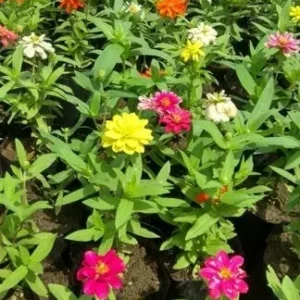

Reviews
There are no reviews yet.